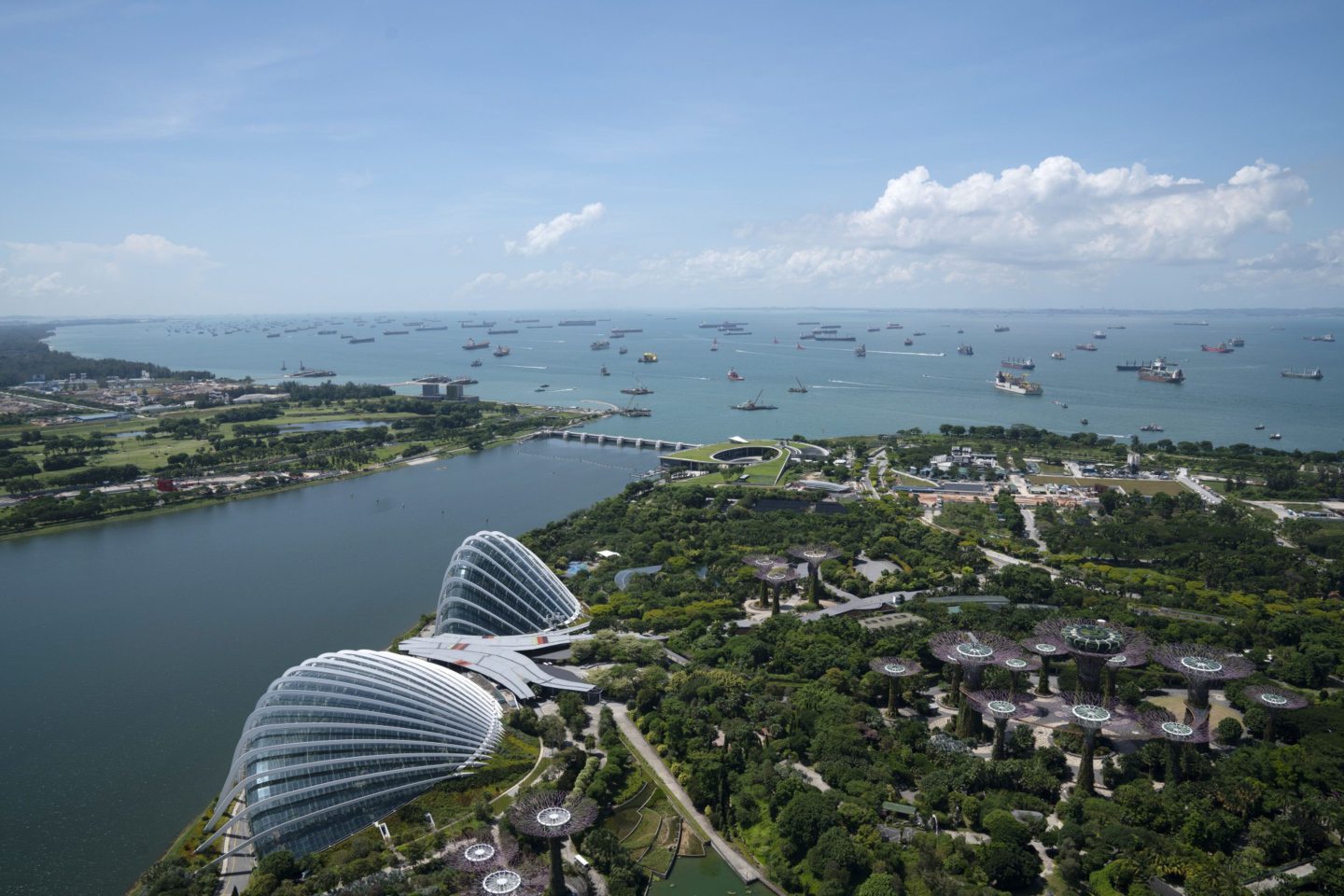Energy insecurity is a growing concern in many countries, but Singapore’s position presents unique challenges.
This city-state is rich but lacking in land and natural resources. Although Singapore can only rely on imports, how it navigates the competing demands of the trilemma of sustainability, reliability and affordability will provide lessons that can be applied internationally.
Marcus Tan, Senoko Energy’s head of engineering, explained to EnergyVoice that Singapore’s Energy Market Authority (EMA) is seeking a balance. Solar and wind power generation are expected to play an important role against the backdrop of LNG supply.
Senoko is one of Singapore’s major power companies, supplying approximately 20% of electricity demand. The company has been operating in Singapore since his 1977 and was the first to import piped gas from Malaysia.
“Multiple technologies will play a role in Singapore’s energy transition, but solar energy will take center stage in the near future,” Mr Tan said.
“Given that Singapore is land-poor and lacks alternative energy resources such as wind, geothermal and hydropower, most of its solar energy is expected to be supplied through imports.”
The Singapore government has set a target of 1.5 GWp of solar power generation by 2025 and 2 GWp by 2030. Under the Green Plan, the government also called for 200MWh of energy storage, a target to be achieved in December 2022.
Mr Tan noted that the country is also undertaking research to improve the efficiency and cost of solar power generation.
“Technologies such as hydrogen, carbon capture, utilization and storage (CCUS) and advanced energy storage solutions are also critical to Singapore’s energy transition.”
Mr Tan suggested that energy storage is important in managing supply and demand. The state has launched various pilot projects in this area.
Transportation facilities
In December 2022, EMA called on businesses to register their interest in delivering ammonia for refueling on Jurong Island. In October 2023, the company announced that it had shortlisted six groups from 26 proposals to move on to the next stage.
It aims to generate 55-65 MW of electricity from low-carbon ammonia through direct combustion, while simultaneously providing an ammonia fuel supply of at least 100,000 tonnes per year.
Singapore is also working on its public transport system. The plan calls for half of the fleet to be electric buses by 2030 and diesel buses to be phased out by 2040. It also plans to extend the railway network by approximately 360 kilometers and expand cycling routes.
Senoko’s Tan pointed out the transition to electricity for transportation in an email. “Singapore has also introduced a carbon tax to encourage businesses to reduce their carbon emissions,” he said.
“The transport sector also makes a significant contribution to carbon emissions. Promoting the adoption of electric vehicles and improving public transport infrastructure in Singapore will help reduce emissions in this sector.”
infrastructure
However, to support this transition to electrification, Singapore needs to increase electricity generation and transmission.
“Solar energy is currently the most viable renewable energy option for the country, but there will be obstacles to address before it can be used to power the country,” Mr Tan said. “In the longer term, Singapore may also be connected to regional grids to trade power with neighboring countries, which would increase the diversification of renewable energy supplies and security.”
Singapore LNG (SLNG) announced plans for a second LNG terminal in October, adding an additional 5 million tonnes per year. This he should be up and running by the end of the decade. The country already has one terminal with a capacity of 10 million tons.
Tan said the expansion of LNG infrastructure will “meet the growing demand for natural gas and strengthen the country’s energy security.”
Gas makes up about 92% of Singapore’s fuel mix. Mr Tan said any move towards reducing emissions would inevitably involve “increased imports of renewable energy from resource-rich neighboring countries such as solar and wind power”.
In fact, while SLNG was doubling its gas facilities, the EMA granted permission to Sembcorp Utilities to import electricity from Vietnam. EMA said the plan includes offshore wind and “potentially other forms of electricity generation” and would be delivered via about 1,000 kilometers of undersea cables.
Low carbon
Singapore plans to import up to 4GW of low-carbon electricity by 2035. The energy regulator has so far approved 4.2GW, including solar, hydro and wind power. In addition to hydrogen, EMA is also interested in geothermal.
Senoko has expressed interest in the latter. The company has signed a memorandum of understanding (MoU) with City Energy to explore hydrogen import and supply between the company’s facilities in northern Singapore.
“We have a role to play in hydrogen and its derivatives, supporting the commercialization of the hydrogen chain while also decarbonizing existing assets. The aim is to enable hydrogen to be purchased and used in the same way,” Mr Tan explained.
The state recognized Senoko’s efforts to achieve change by awarding the company the 2021 Gas Turbine Upgrade Award. The company is also participating in Singapore’s renewable energy import plan.
“Close cooperation between governments, energy companies and other stakeholders is critical in this effort,” Tan said. “Senoco Energy continues to work closely with the EMA to ensure Singapore’s energy security and affordable power during this transition period, with a view to keeping carbon emissions as low as possible. I am.”
Recommended for you

